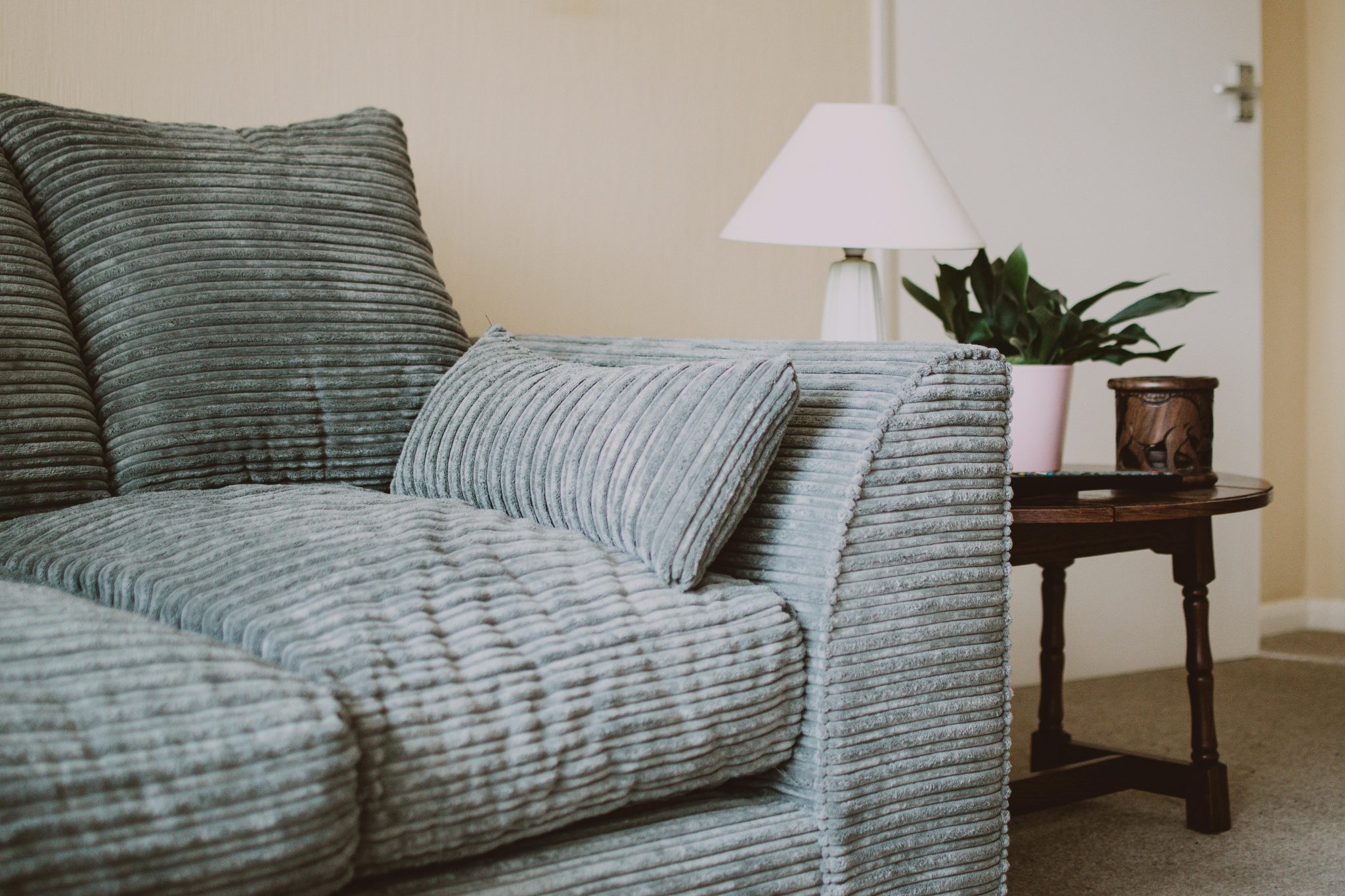Future-Proof Your Living Room: Investing in a Sofa That Grows With Your Home
Your living room is about to go through some changes. Maybe you don’t know it yet, but it will. Kids grow up, partners move in, jobs change, tastes evolve. The one thing that stays constant? You’ll still need somewhere comfortable to sit.
But here’s the thing most people don’t think about when they’re sofa shopping. They’re buying for right now. This exact moment. This exact room configuration. This exact life stage.
What happens when things shift?
The Problem With Traditional Sofa Shopping
Walk into any furniture store and you’ll see rows of sofas in fixed configurations. Three-seaters. Two-seaters. Corner units. Each one is what it is, forever.
Your sales assistant will ask about your current room dimensions, your current needs. Fair enough. But nobody asks about your five-year plan.
The result? Most people end up replacing their sofa way sooner than they’d like. Not because it’s worn out, but because it no longer fits their life.
Why Modular Makes Sense
Modular furniture has been around for decades, but it’s finally having its moment. And honestly, it’s about time.
The concept is pretty straightforward. Instead of buying one fixed piece, you buy components that can be rearranged, added to, or reconfigured as needed.
Moving to a smaller place? Remove a section. Got a bigger room? Add another module. Want to change the layout? Rearrange the pieces.
It’s like having furniture that adapts instead of furniture that dictates.
What to Look for in a Modular Sofa
Not all modular sofas are created equal. Some are flimsy. Some have connections that come loose after a few months. Some look modular in a bad way, if you know what I mean.
The good ones feel like regular sofas that just happen to be flexible. Strong connections. Quality materials. Clean lines that work whether you’ve got two modules or five.
Eva’s new premium modular sofa is a perfect example of getting the balance right. It doesn’t scream “I’m modular furniture!” It just looks like a really well-designed sofa that happens to be incredibly flexible.
The Real-Life Benefits
Here’s where modular furniture gets interesting. It’s not just about room changes.
Picture this: you’re hosting a dinner party and need more seating in the dining area. Instead of dragging chairs from random rooms, you simply reconfigure your sofa for the evening.
Or maybe you’ve got family staying for the holidays. Your corner configuration becomes a straight line along the wall, opening up floor room for an air mattress.
Actually, one of the most common scenarios is the home office shuffle. Remember when everyone suddenly needed to work from home? Modular furniture owners just shifted things around. Everyone else had to live with awkward setups or buy new furniture.
The Investment Angle
Quality modular sofas cost more upfront. There’s no getting around that. But when you factor in the replacement cycle of traditional furniture, the math starts looking different.
Think about it this way: instead of buying a new sofa every time your life changes, you’re investing in one system that changes with you.
Plus, if you move frequently, modular pieces are often easier to get through doorways and up stairs. Anyone who’s ever had to see a sofa in half to get it out of an apartment knows this pain.
Making the Switch
The hardest part about buying modular furniture is thinking beyond your current situation. Most of us aren’t great at predicting what our homes will look like in three years.
But that’s actually the point. You don’t need to predict everything. You just need furniture that can handle whatever comes next.
Start with what you need now, buy quality pieces that can grow, and trust that future you will appreciate the flexibility.
Your living room will thank you for it.




